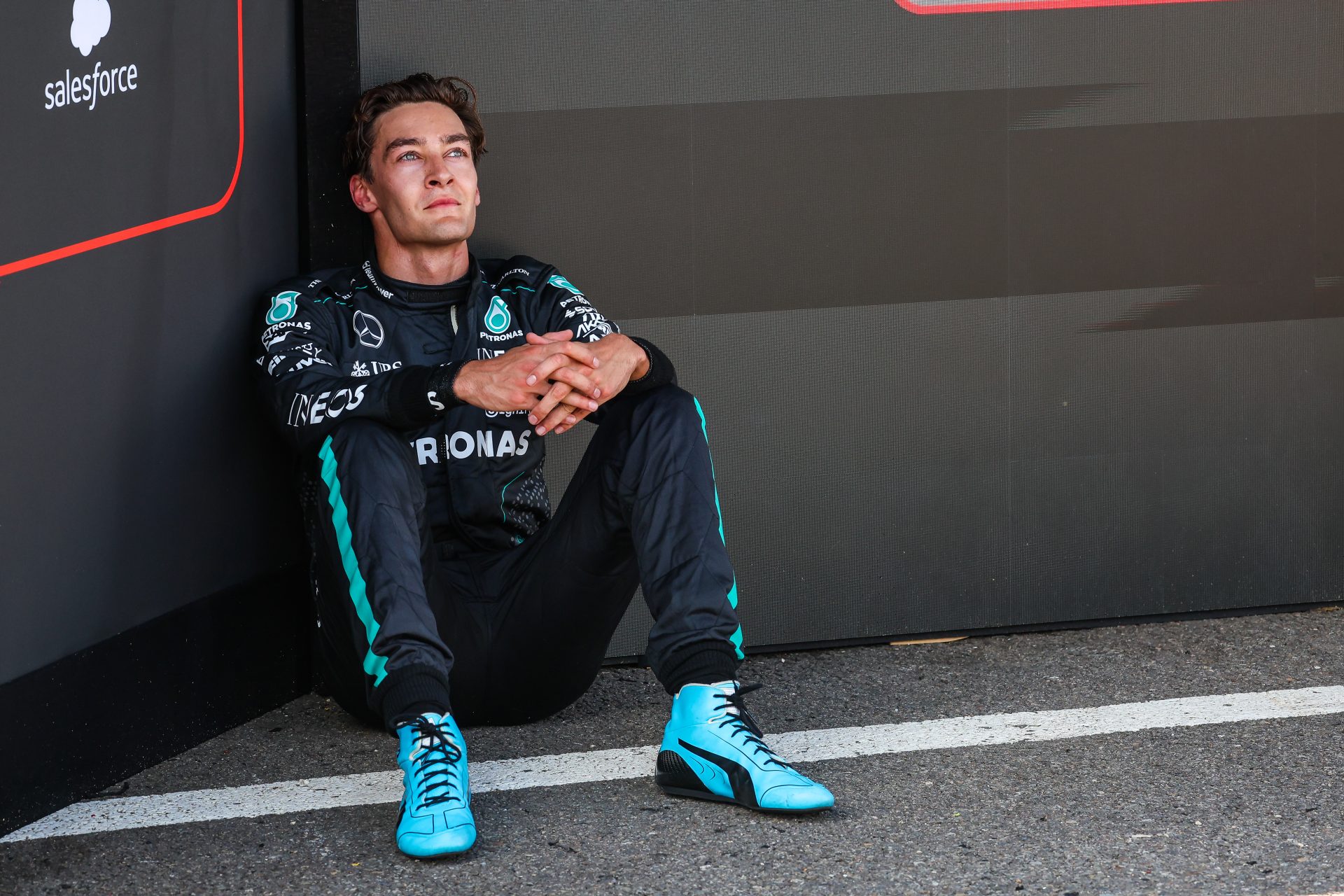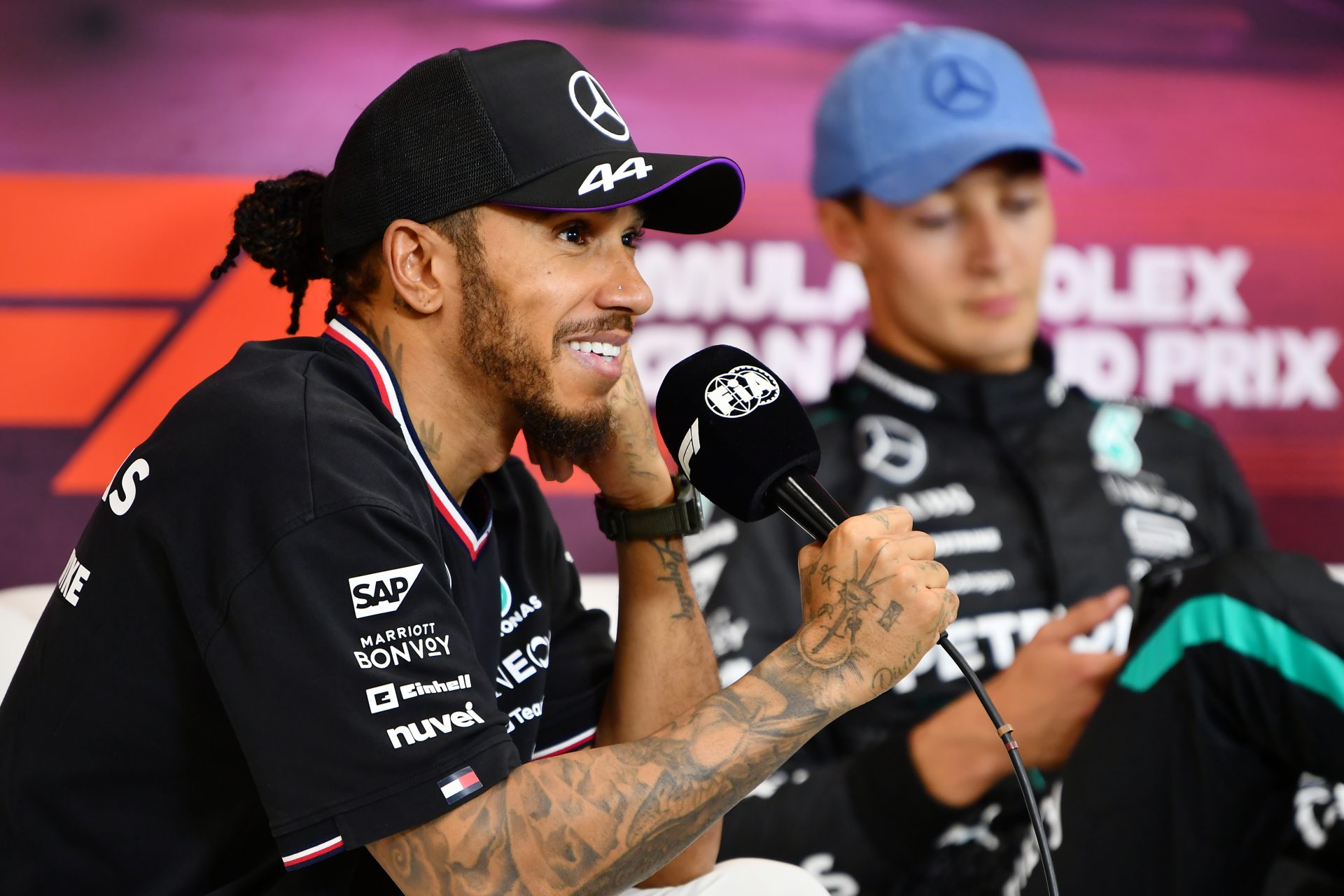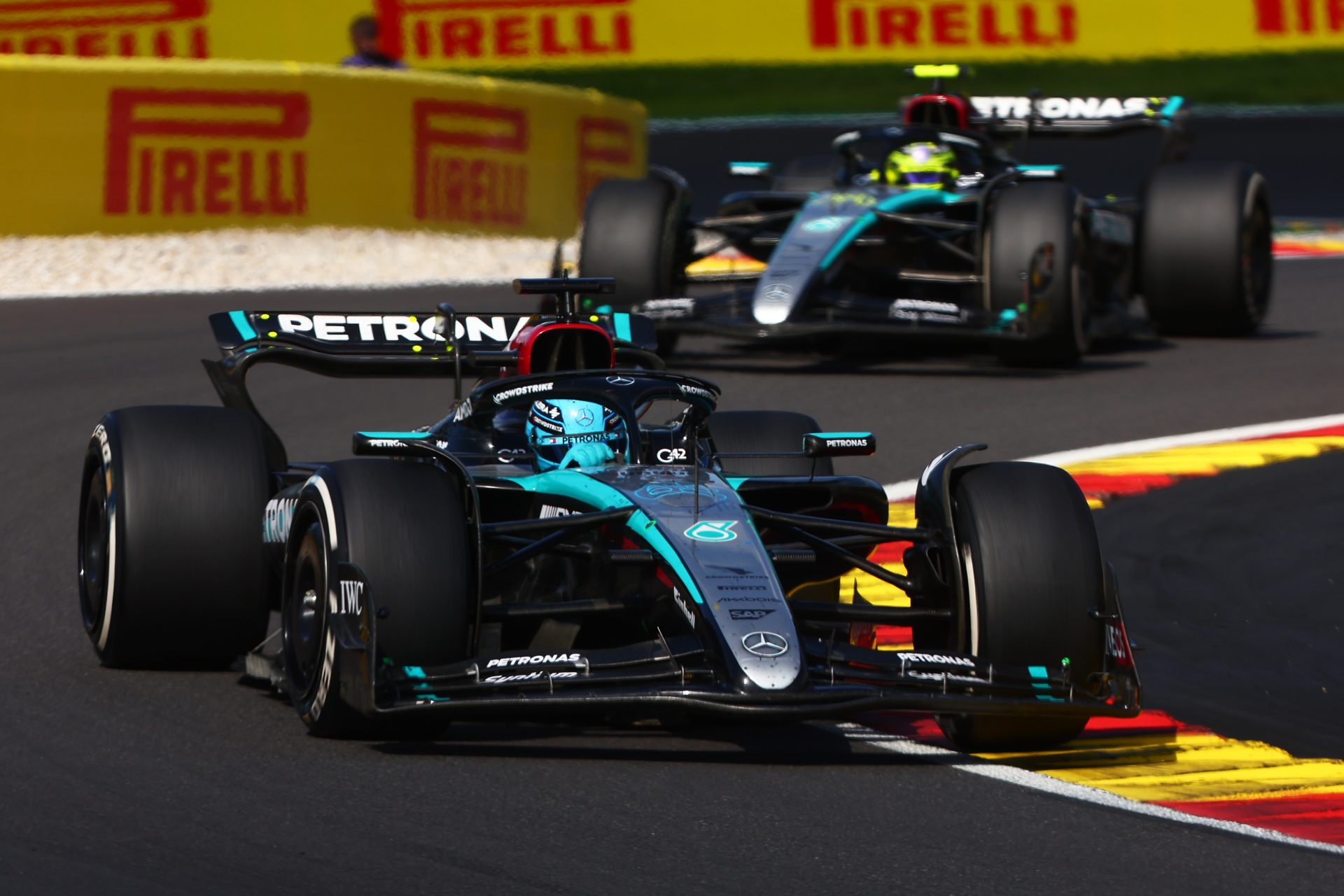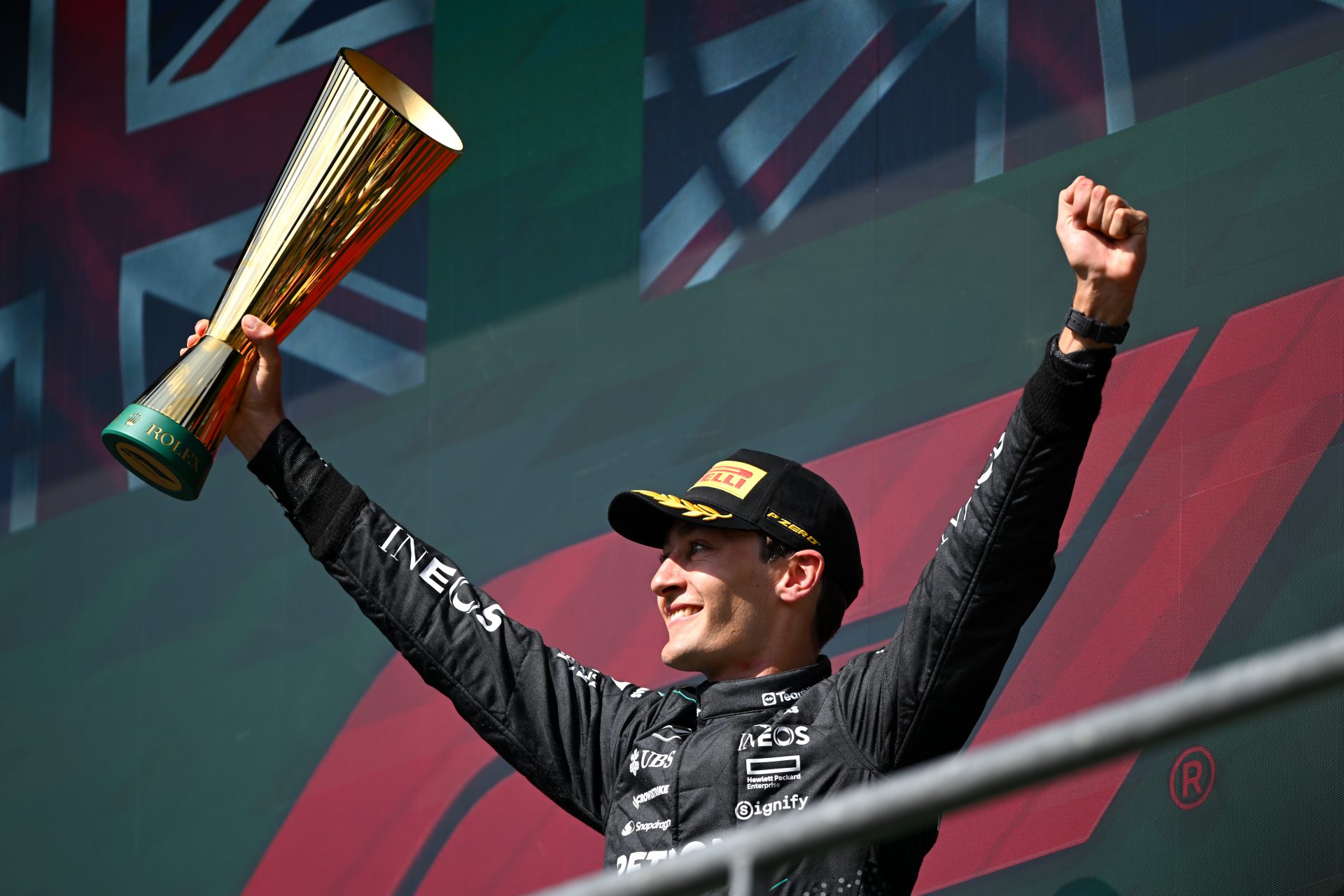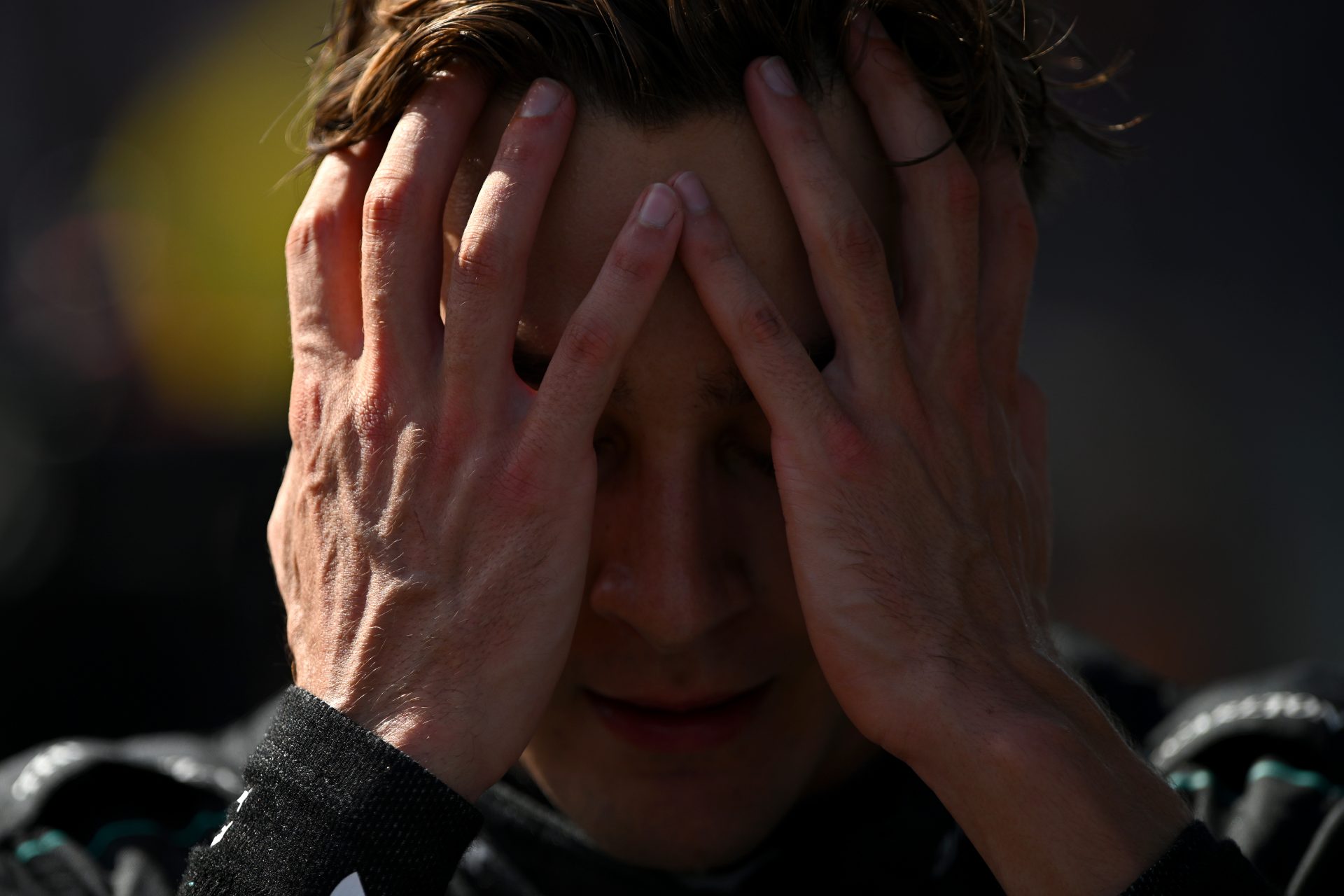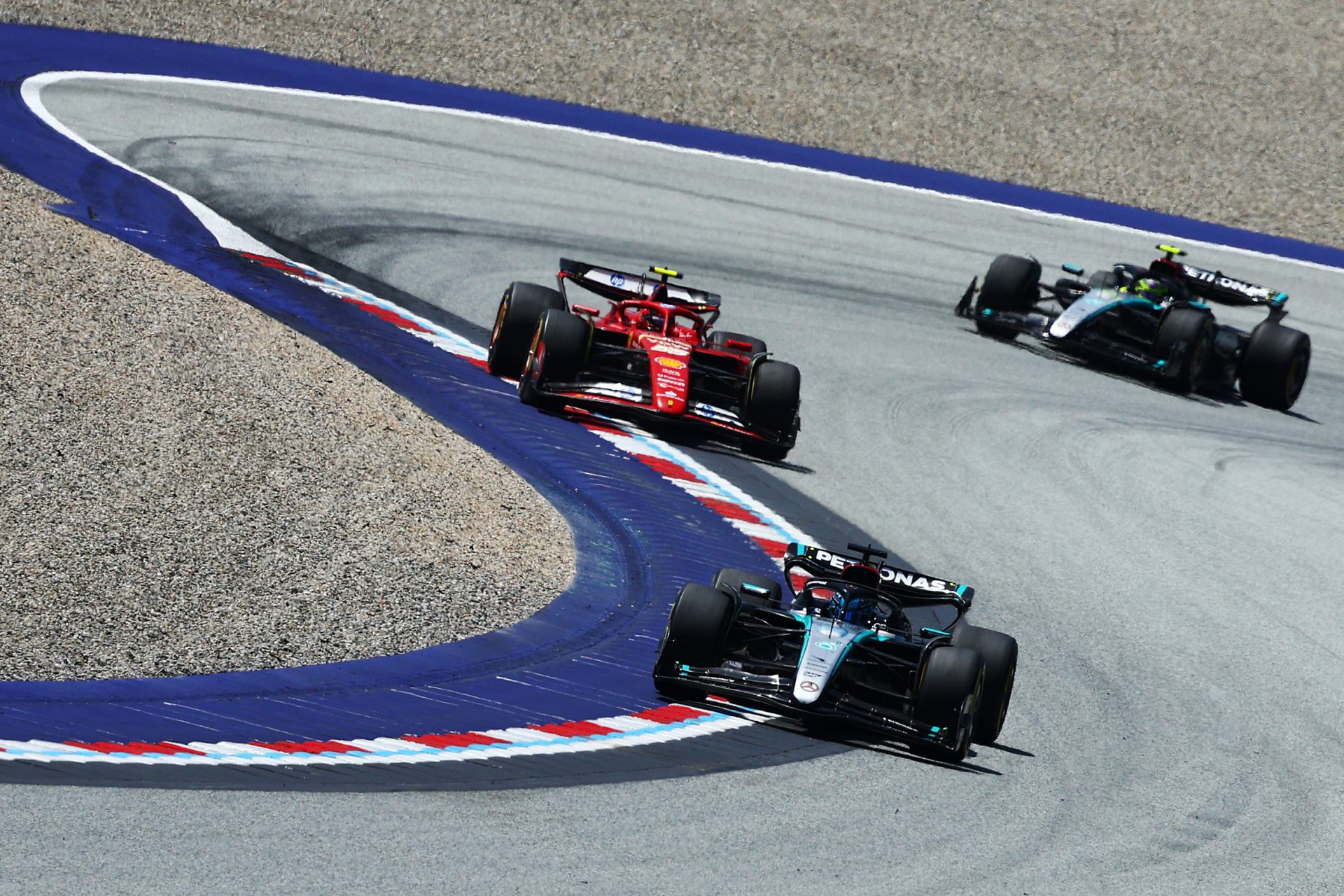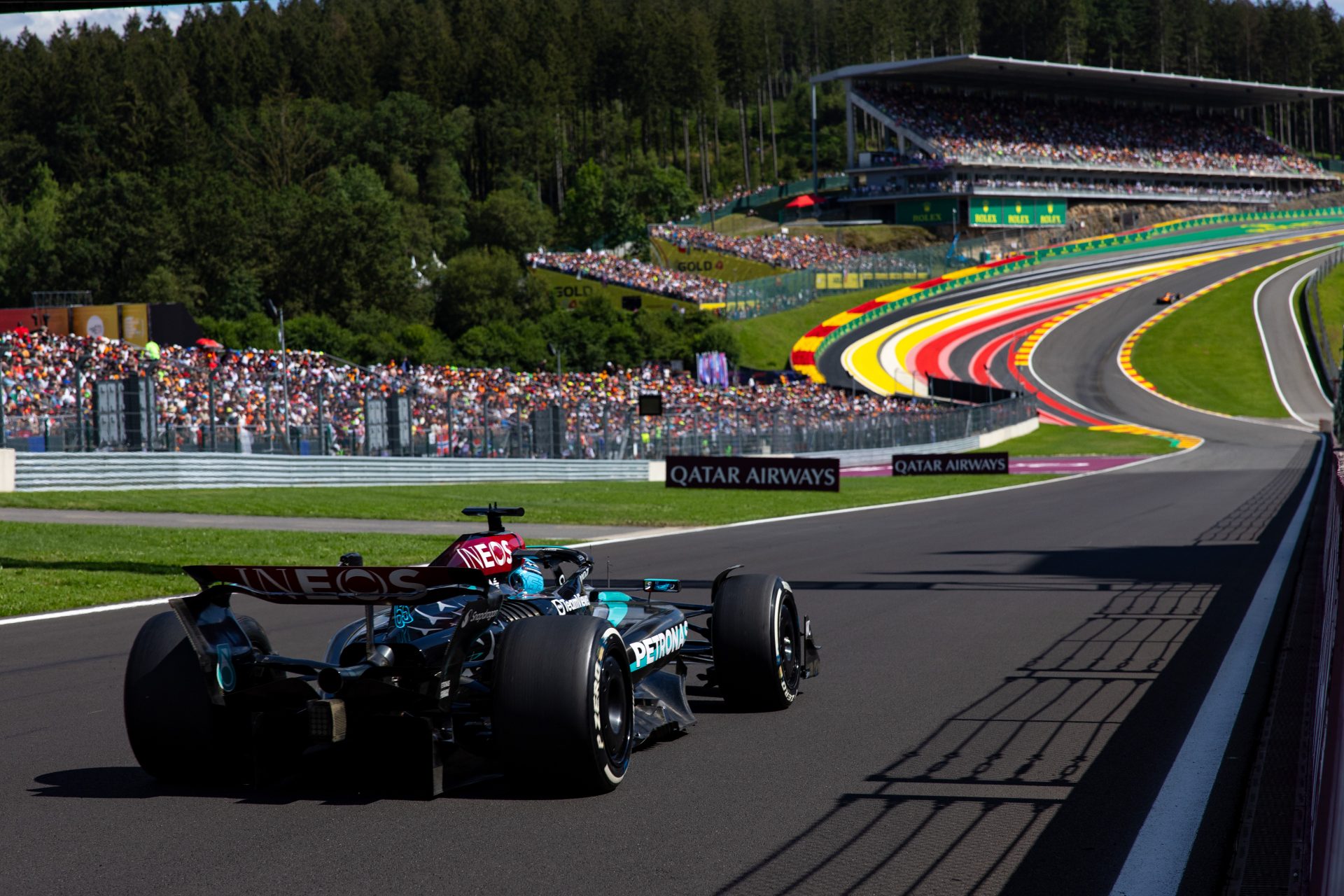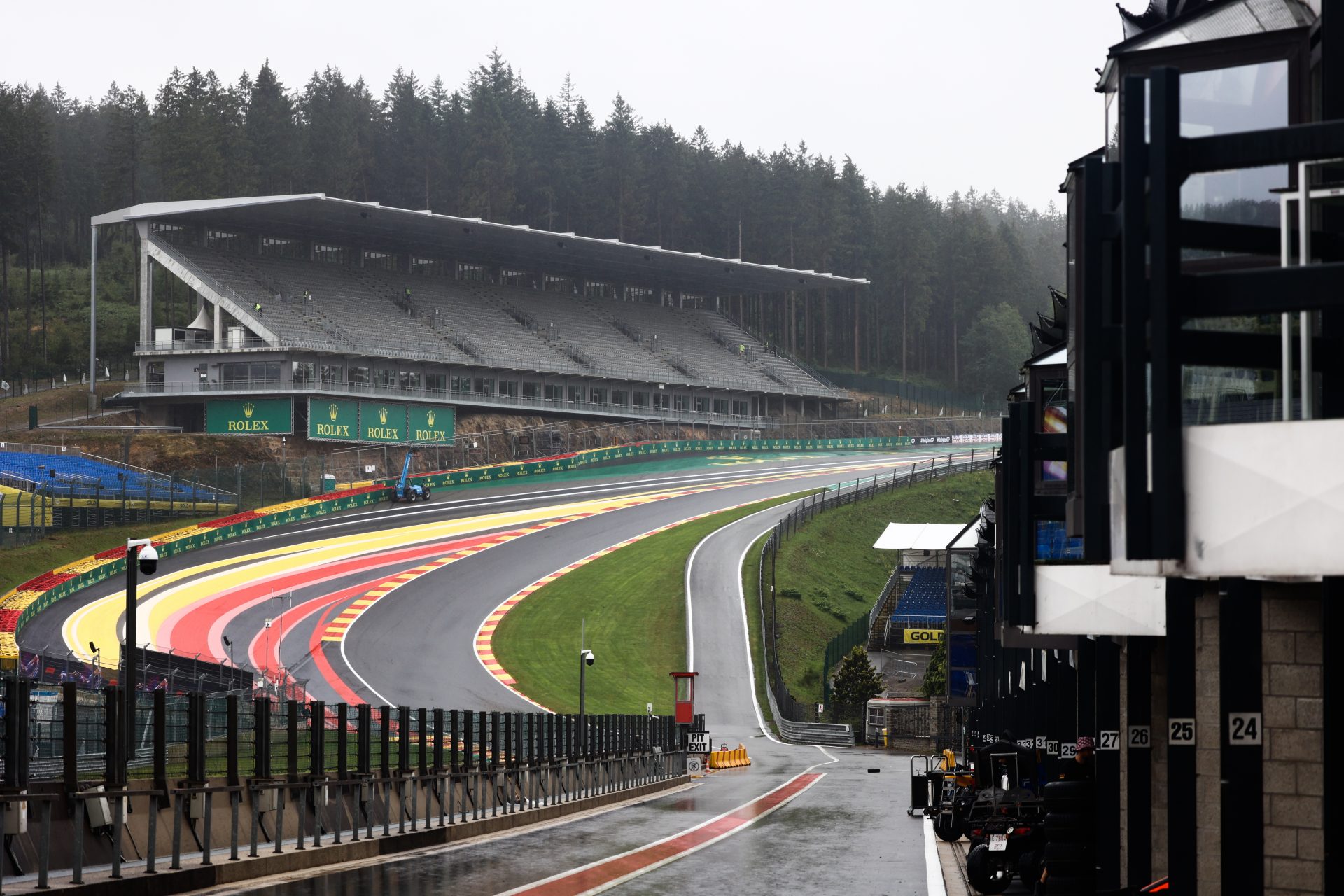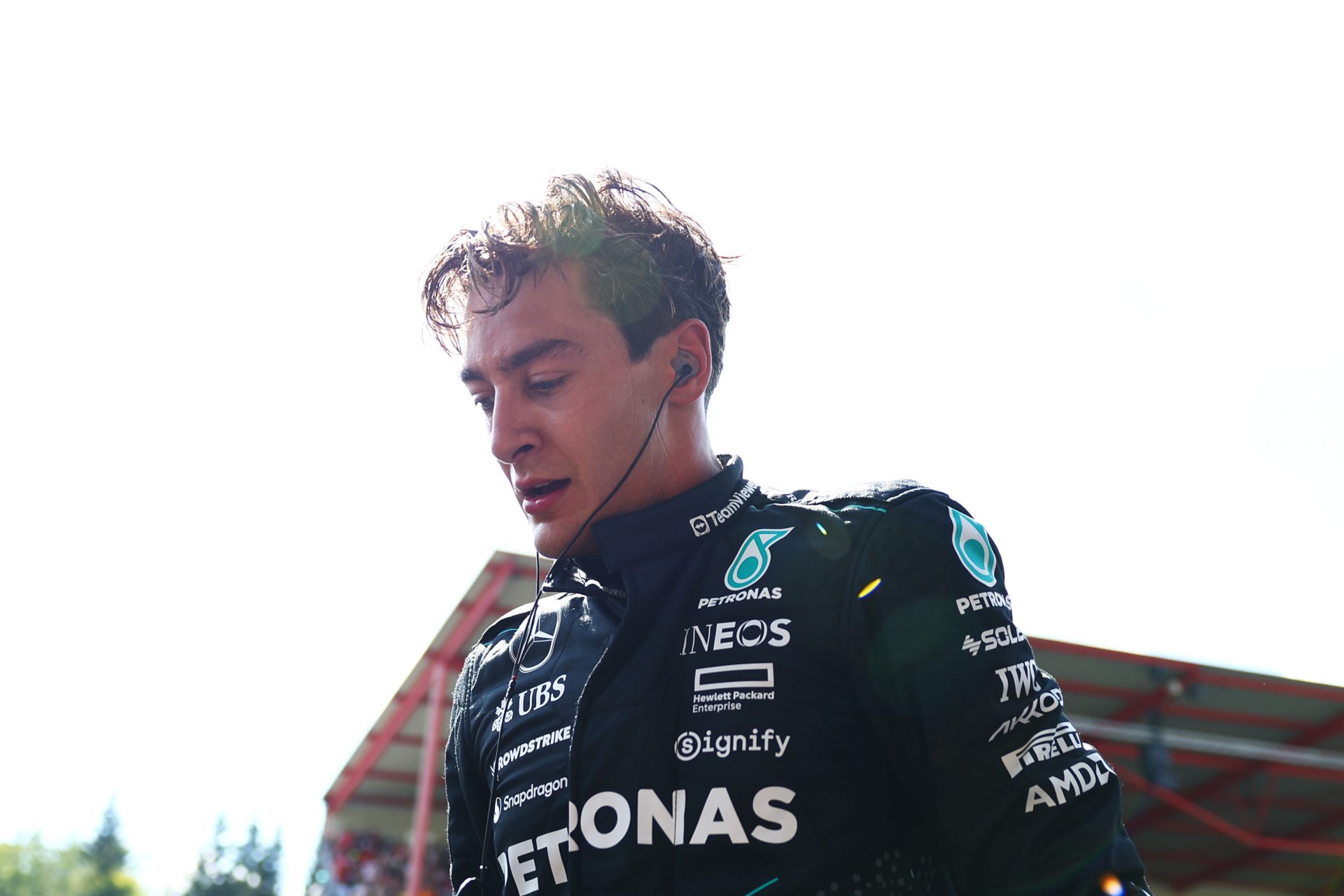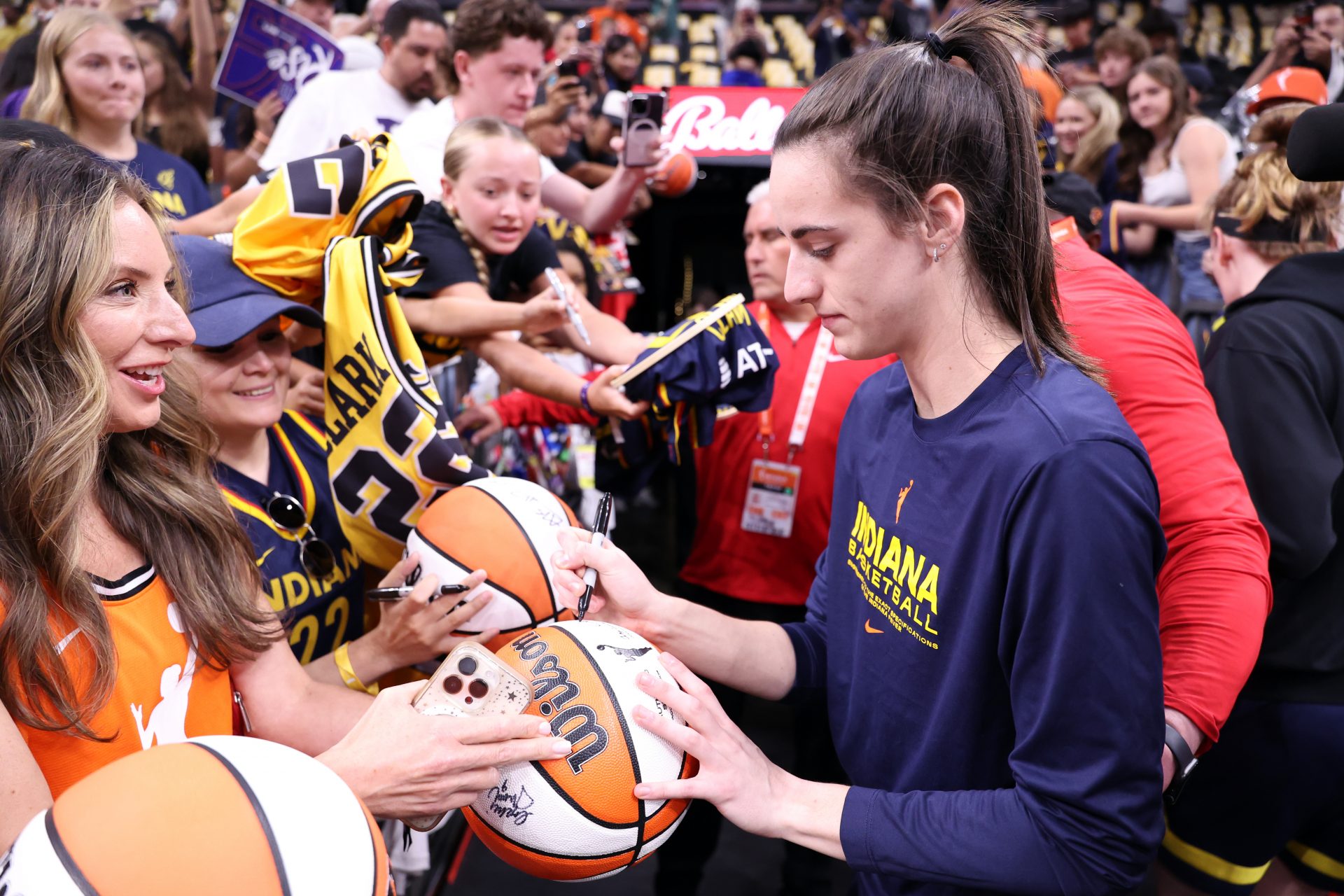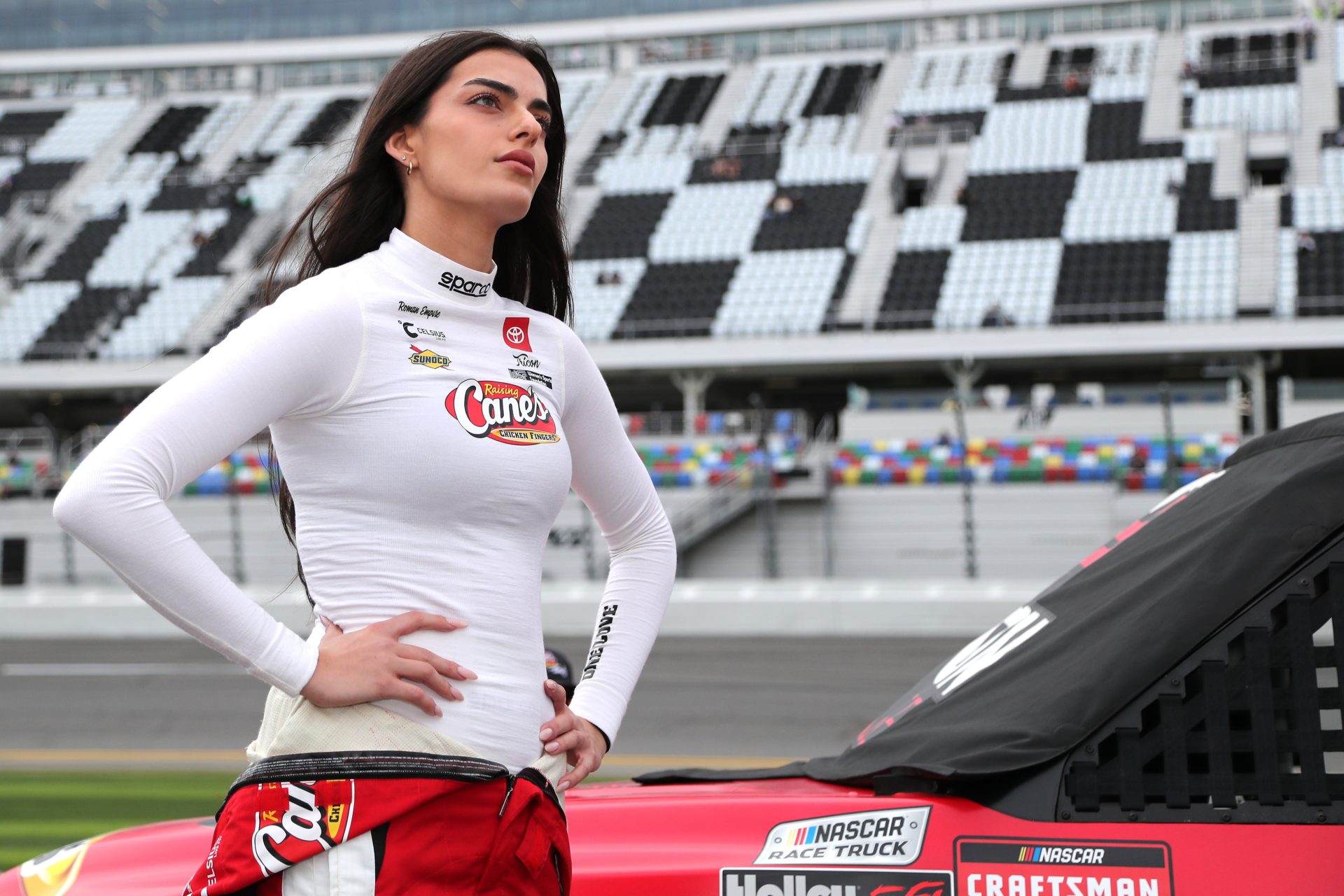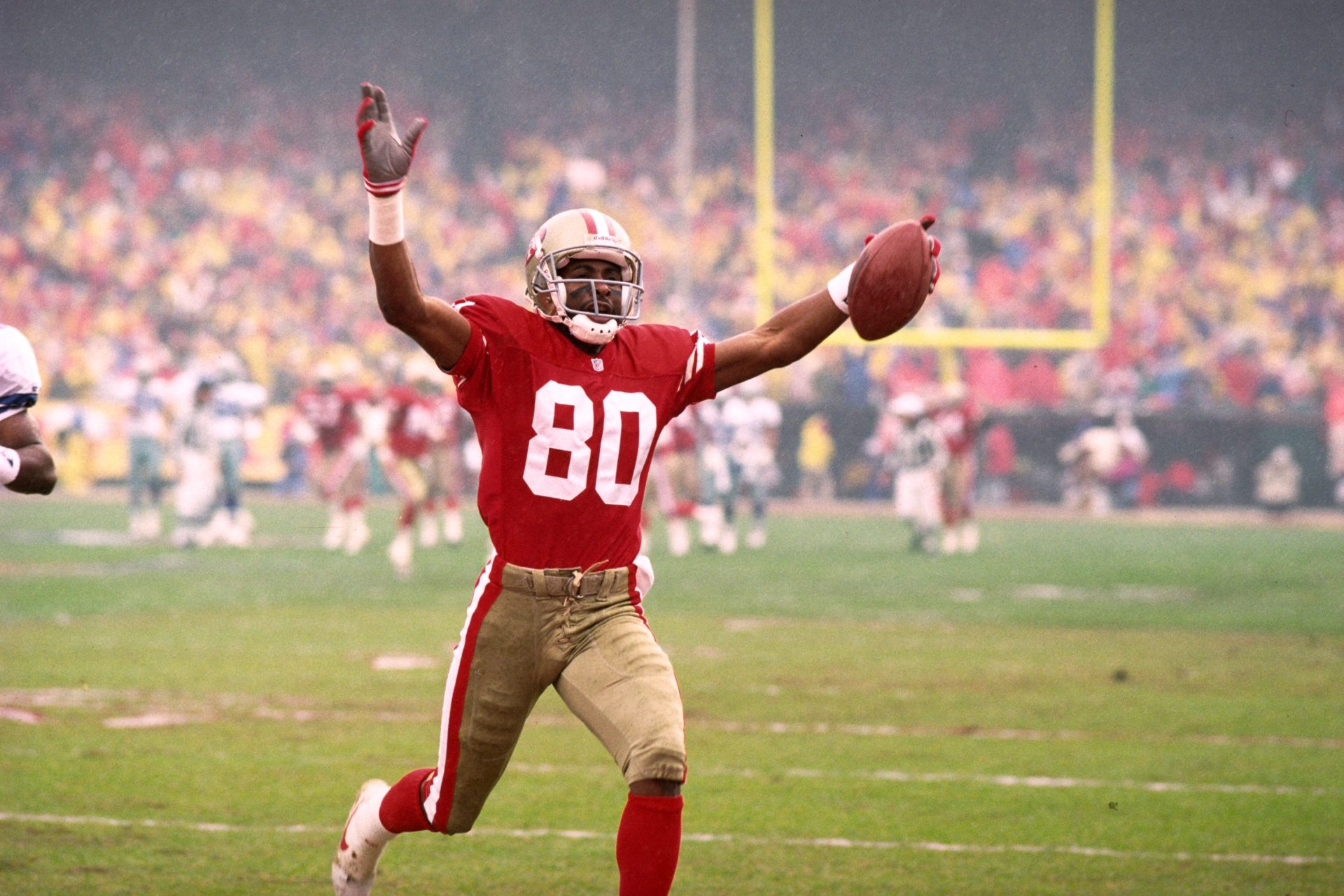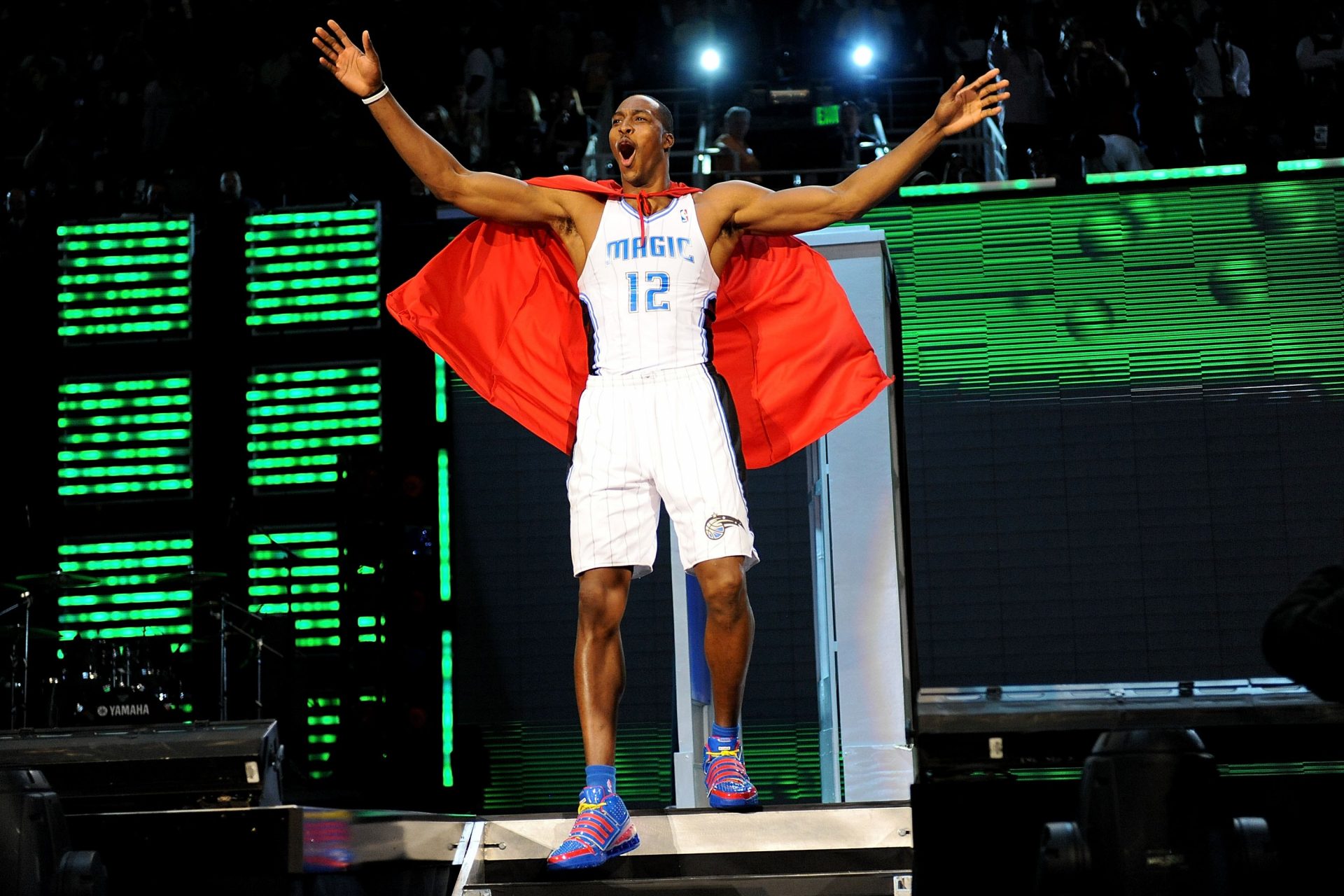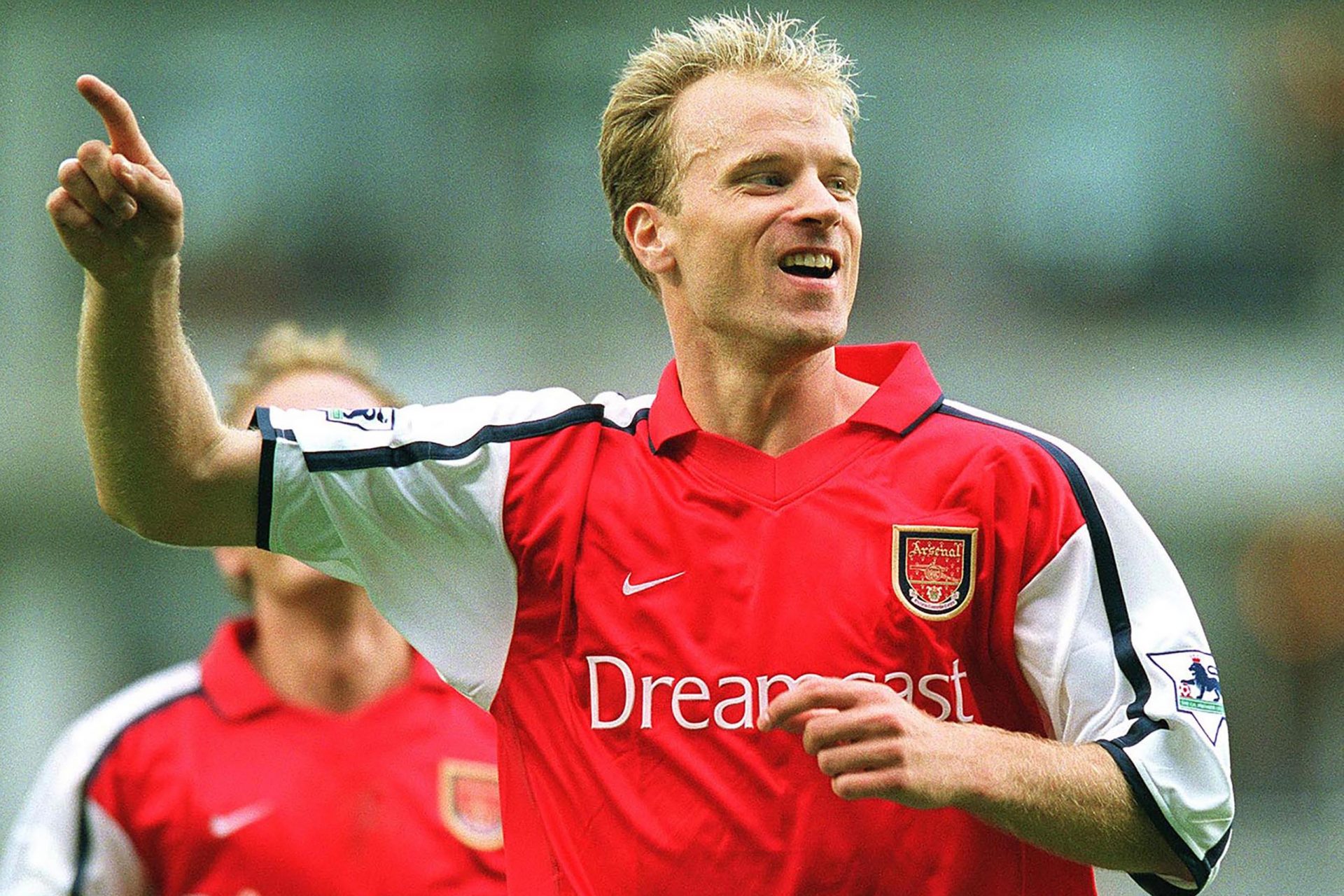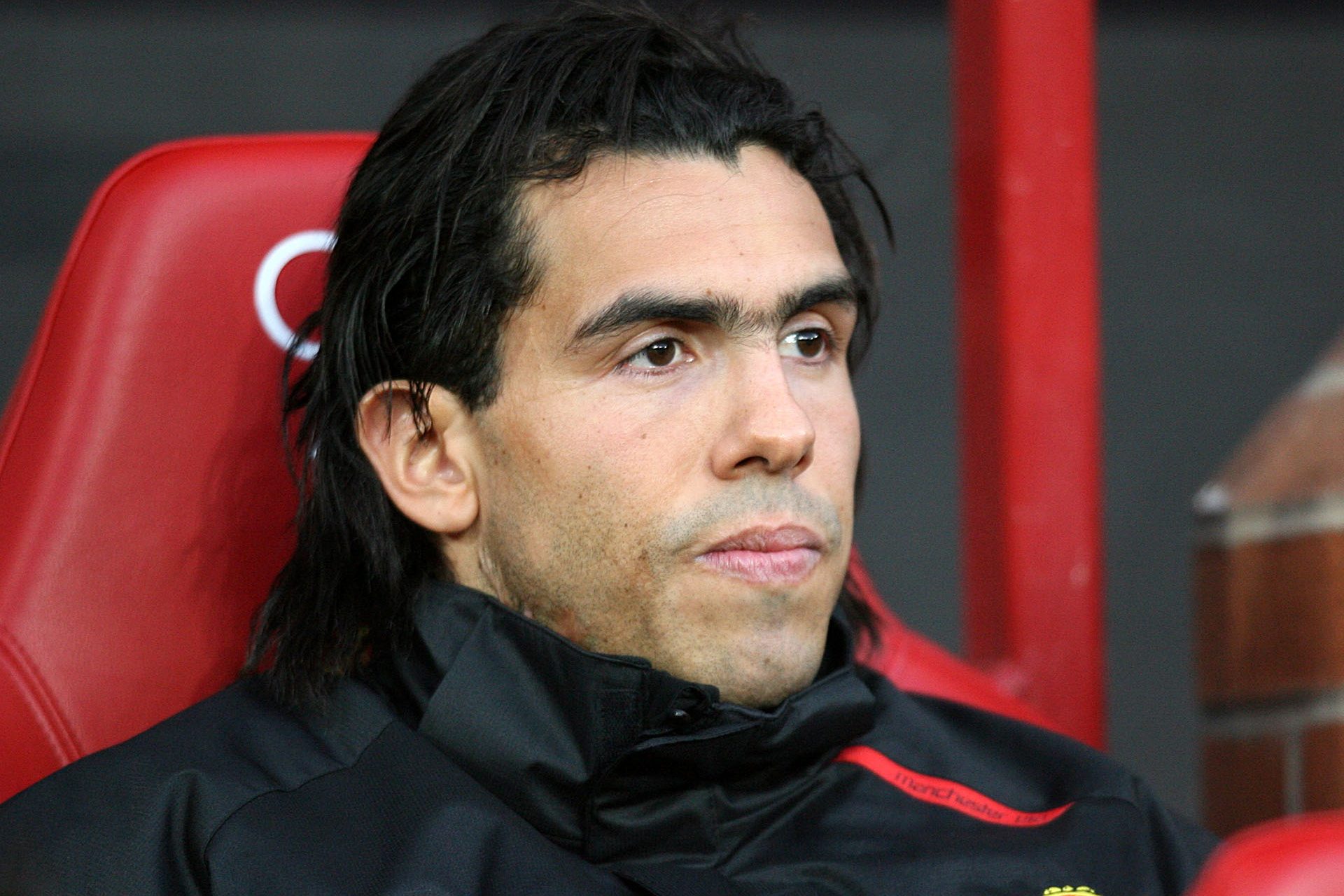The shocking reasons why George Russell was disqualified from the Belgium GP
After crossing the line first at the Belgium Grand Prix, Mercedes driver George Russell was later disqualified from the result after his car was found to be underweight following the race.
His teammate Lewis Hamilton was promoted to race winner after he came second initially, and Oscar Piastri and Charles Leclerc came second and third, respectively.
Russell had played a one-stop strategy to the chequered flag, nursing hard tyres and holding off Lewis Hamilton by half a second.
Want to see more like this? Follow us here for daily sports news, profiles and analysis!
According to the Formula One website, the legal minimum weight a Formula One car can be is 798kg, with 2.8 litres of fuel removed. At first, Russell's car met the criteria.
However, on second viewing, the Technical Delegate's Report read: "The car was not fully drained according to the draining procedure submitted by the team in their legality documents as TR Article 6.5.2 is fulfilled."
"The car was weighed again on the FIA inside and outside scales, and the weight was 796.5 kg. The calibration of the outside and inside scales was confirmed and witnessed by the competitor."
The Crash website reports that Russell's single-stop strategy caused his car to be underweight at the inspection due to his worn-down tyres.
Following a conversation with the Mercedes team, Sky Sports' Craig Slater said: "It was the extra tyre wear that they've lost, perhaps several hundred grams per tyre, with the fact that they didn't make a second stop and put on a fresh set, which has brought them in underweight."
"Combined with, the team thinks, changing the car set-up pretty radically between Friday (when they abandoned some of the upgraded parts and reverted to earlier parts for qualifying and the race)."
In addition, the Belgium Grand Prix is not a conventional racetrack with no in-lap. Due to the length of the Spa circuit, drivers turn back into the pit lane at the end of the race, meaning they can't pick up debris and rubber.
Although it may seem ridiculous, the extra rubber and debris a Formula One driver may gain at the end of a race can substantially affect the weight of the car upon inspection. For Russell, it was the difference between finishing first and disqualification.
Want to see more like this? Follow us here for daily sports news, profiles and analysis!
More for you
Top Stories



